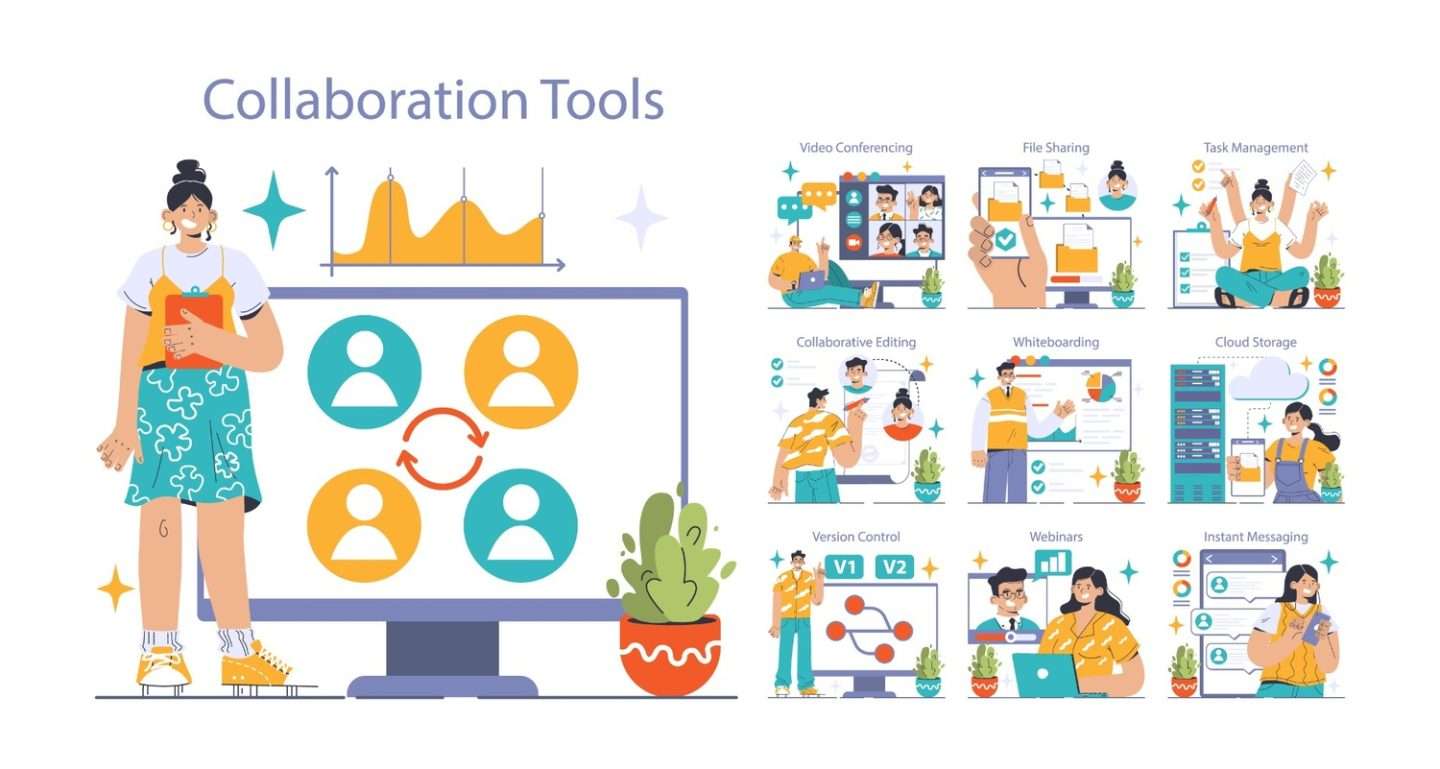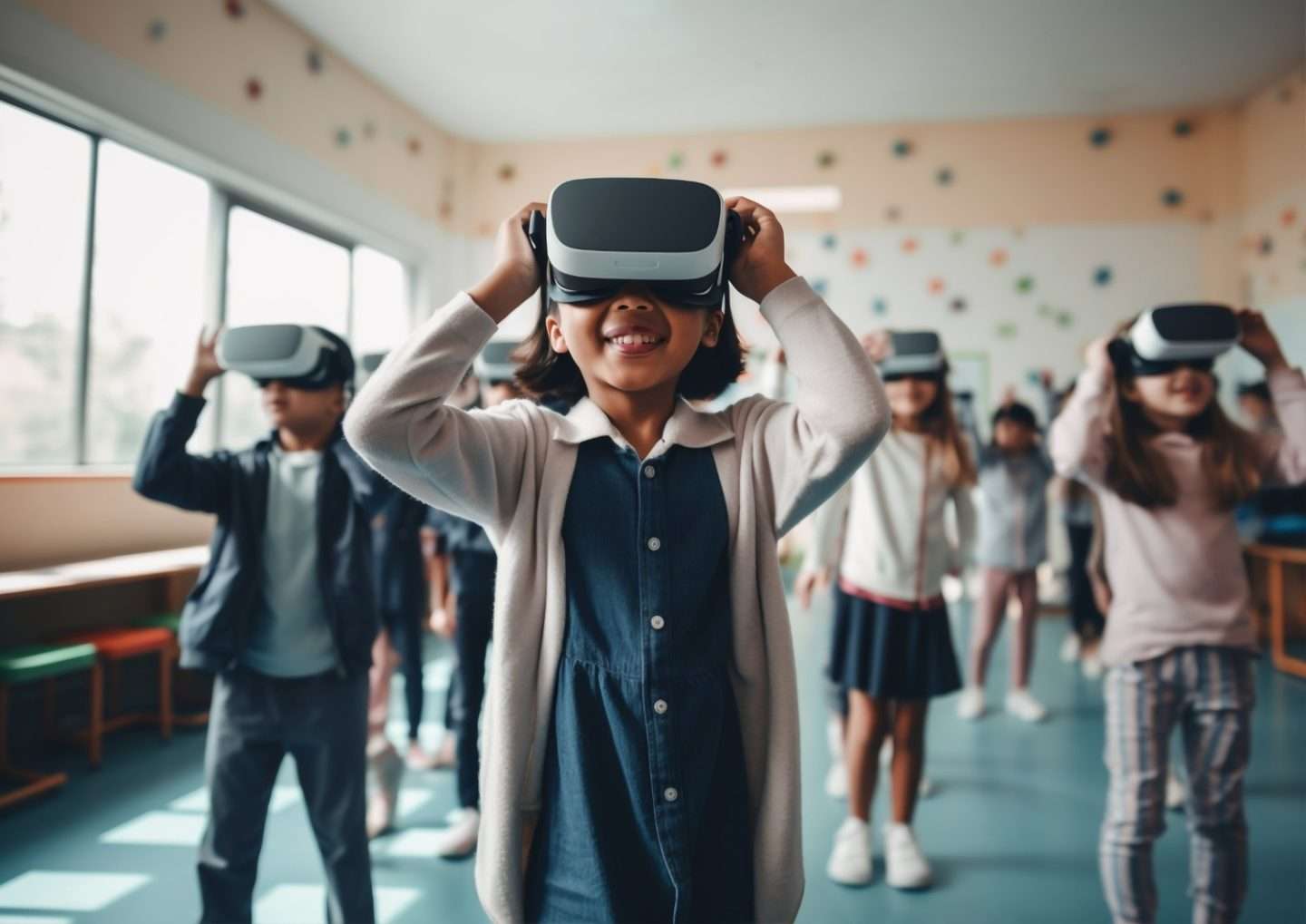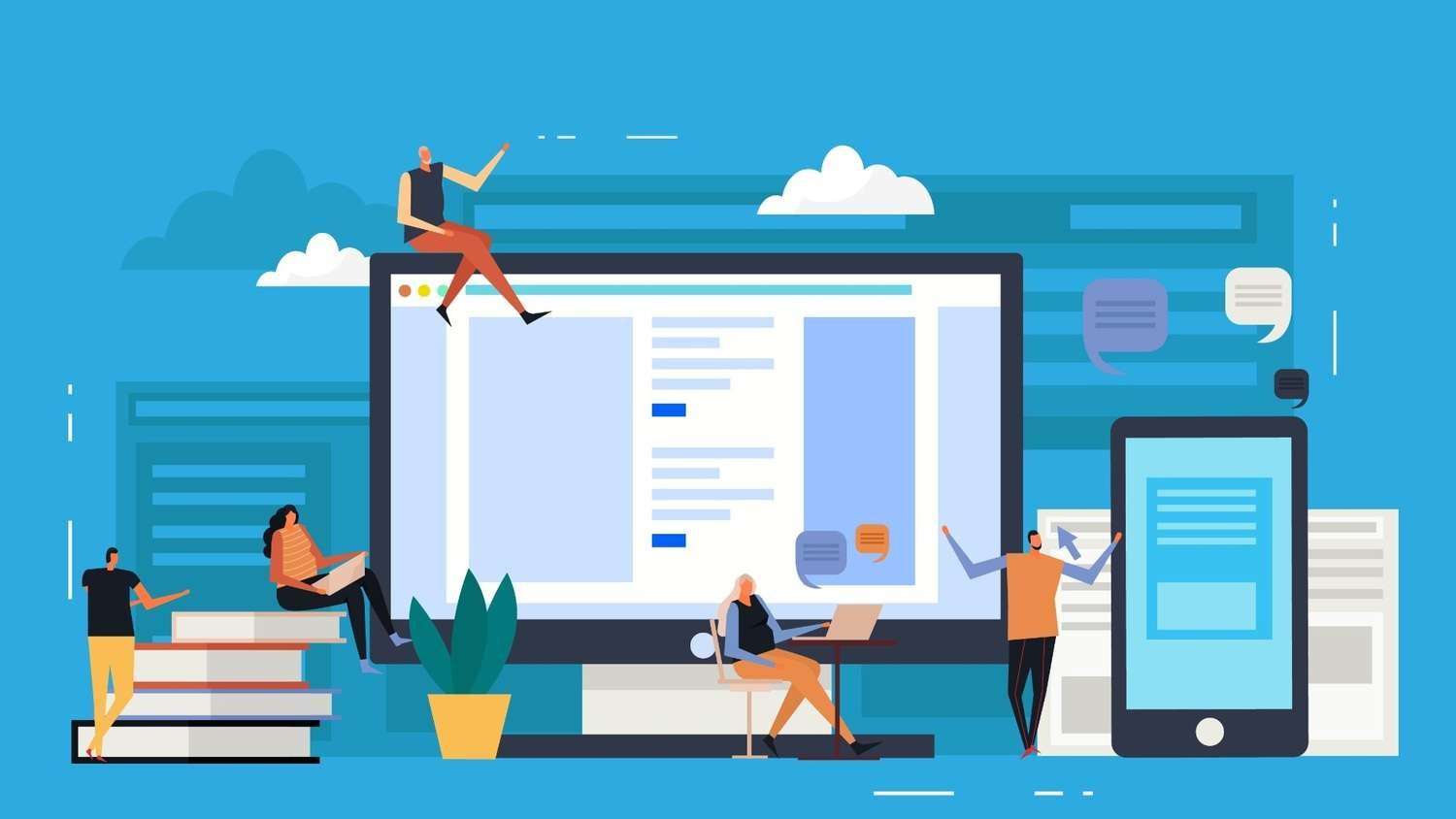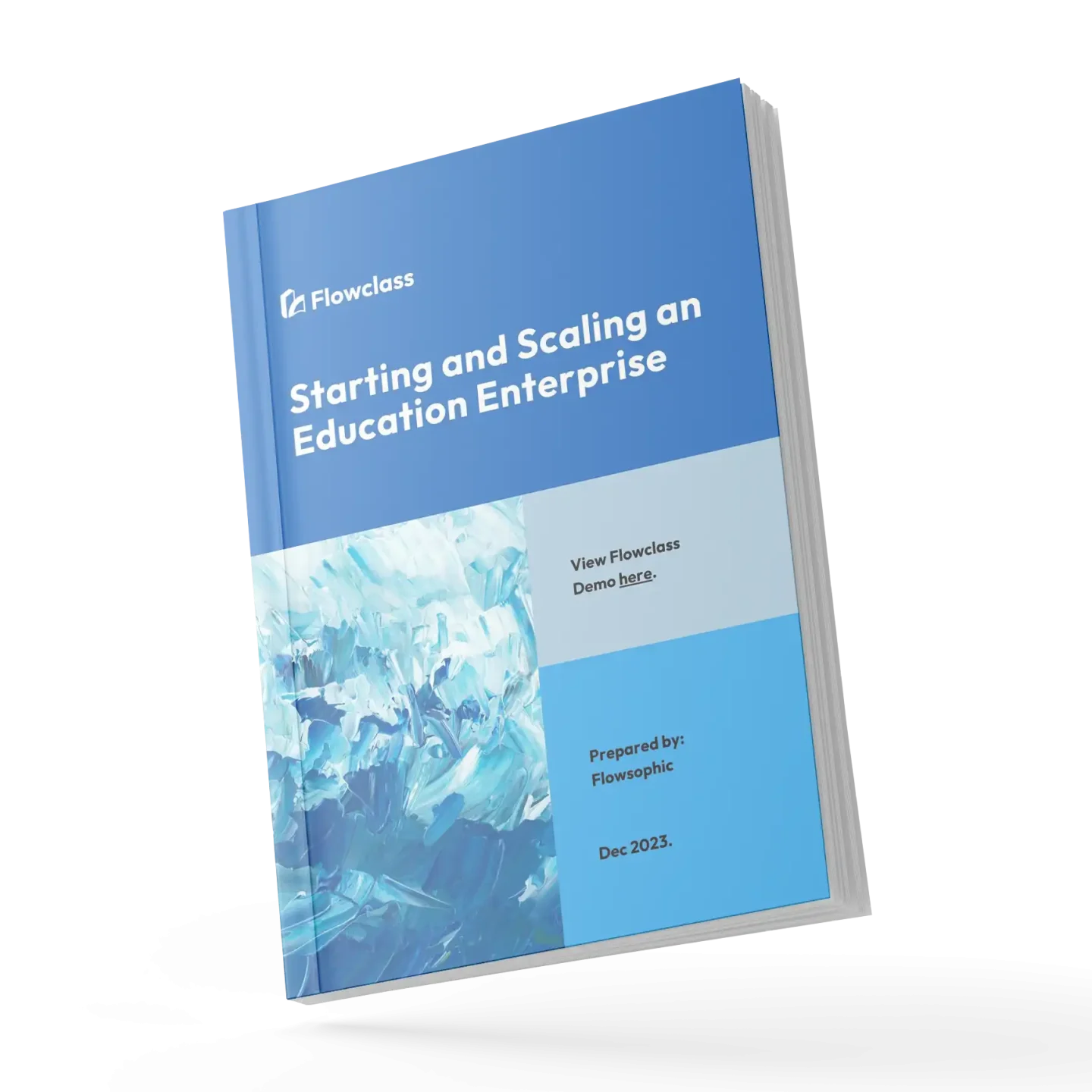Are you an educator striving to stay ahead in today’s tech-driven educational world? You’re in the right place! In this article, we’ll explore the 10 essential technical skills in teaching that every educator should possess. From online collaboration tools to multimedia creation, these skills will help you create a more engaging and interactive learning experience for your students.
As technology continues to reshape education, developing these skills is more important than ever. Whether you’re a seasoned teacher or just starting out, a strong foundation in technology can elevate your teaching and enhance student learning.
Ready to dive in? Let’s explore the 10 must-have technical skills in teaching that will empower you to thrive in the digital classroom.
1. Mastering Digital Communication Tools
Effective communication is crucial in the classroom, and technology makes it easier. Mastering tools like email, messaging apps (Remind, Slack), and video conferencing platforms (Zoom, Microsoft Teams) ensures smooth communication with students and parents. It also enables collaboration among students through shared documents and group chats, fostering a more connected classroom.
2. Using Learning Management Systems (LMS)

A Learning Management System (LMS) like Google Classroom, Canvas, or Moodle helps you organize lessons, assignments, and grades in one place. LMS platforms streamline course management, making it easier to share resources, track student progress, and maintain communication. This tool is essential for both in-person and remote teaching.
3. Creating Engaging Multimedia Content

Videos, podcasts, and interactive visuals can transform traditional lessons into engaging experiences. Tools like Canva, Adobe Spark, and Powtoon enable teachers to create visually appealing multimedia resources that cater to different learning styles. These materials can make complex concepts easier to understand and keep students interested.
4. Online Collaboration Tools
Collaboration is key in education, and tools like Google Docs, Microsoft Teams, and Padlet allow students to work together in real-time. These platforms help students share ideas, collaborate on projects, and provide peer feedback, building teamwork skills vital for the future workplace.
5. Interactive Presentations and Gamification
Make lessons more dynamic with interactive tools like Kahoot!, Quizizz, and Nearpod. These platforms allow you to gamify learning, adding quizzes, polls, and activities that keep students engaged. Tools like Prezi or Google Slides with embedded media also help create interactive presentations that captivate attention.
6. Virtual and Augmented Reality (VR/AR)

Immerse students in learning by using Virtual Reality (VR) and Augmented Reality (AR) tools. Apps like Google Expeditions or CoSpaces allow students to explore historical sites, conduct virtual science experiments, or interact with 3D models. VR and AR make learning more hands-on and memorable.
7. Data-Driven Assessment Tools
Assessment is key to understanding student progress, and technology makes it more efficient. Tools like Google Forms, Socrative, and Edpuzzle allow you to create quizzes, surveys, or video-based assessments that provide instant feedback. These tools help identify areas where students need additional support, enabling personalized instruction.
8. Classroom Management Software

Managing a classroom can be easier with technology. Tools like ClassDojo or Classcraft help track student behavior, participation, and progress. They also allow teachers to reward positive behavior and maintain a structured, yet fun learning atmosphere.
9. Video Creation and Editing Skills
In today’s digital age, video is a powerful teaching tool. Knowing how to create and edit educational videos using tools like Screencast-O-Matic, iMovie, or Adobe Premiere Rush can help you explain lessons in a more engaging way. Videos are also great for flipped classrooms, where students can review lessons at home.
10. Technical Skills for Online and Remote Learning
With the rise of online learning, it’s crucial to know how to conduct virtual classes effectively. Familiarity with platforms like Zoom, Google Meet, and Microsoft Teams is essential for delivering live lessons. Understanding how to use breakout rooms, screen sharing, and interactive tools will help keep students engaged in remote settings.
Why Technical Skills in Teaching Matter
In today’s fast-paced world, technical skills in teaching are essential for creating engaging, inclusive learning environments. These skills allow educators to connect with students in new ways, cater to diverse learning styles, and provide personalized feedback. Most importantly, they prepare teachers to adapt to the ever-changing landscape of education.
By developing these key technical skills in teaching, you’ll not only enhance your effectiveness but also inspire your students to thrive in a digital world.
Conclusion: Embrace Technology to Elevate Your Teaching
Incorporating technology into your teaching doesn’t have to be overwhelming. By mastering these 10 essential technical skills in teaching, you’ll create a more engaging, dynamic, and effective learning environment. From communication to multimedia creation, these skills will empower you to meet the demands of modern education and inspire your students to succeed.
Stay curious, keep learning, and embrace the power of technology in your classroom!


